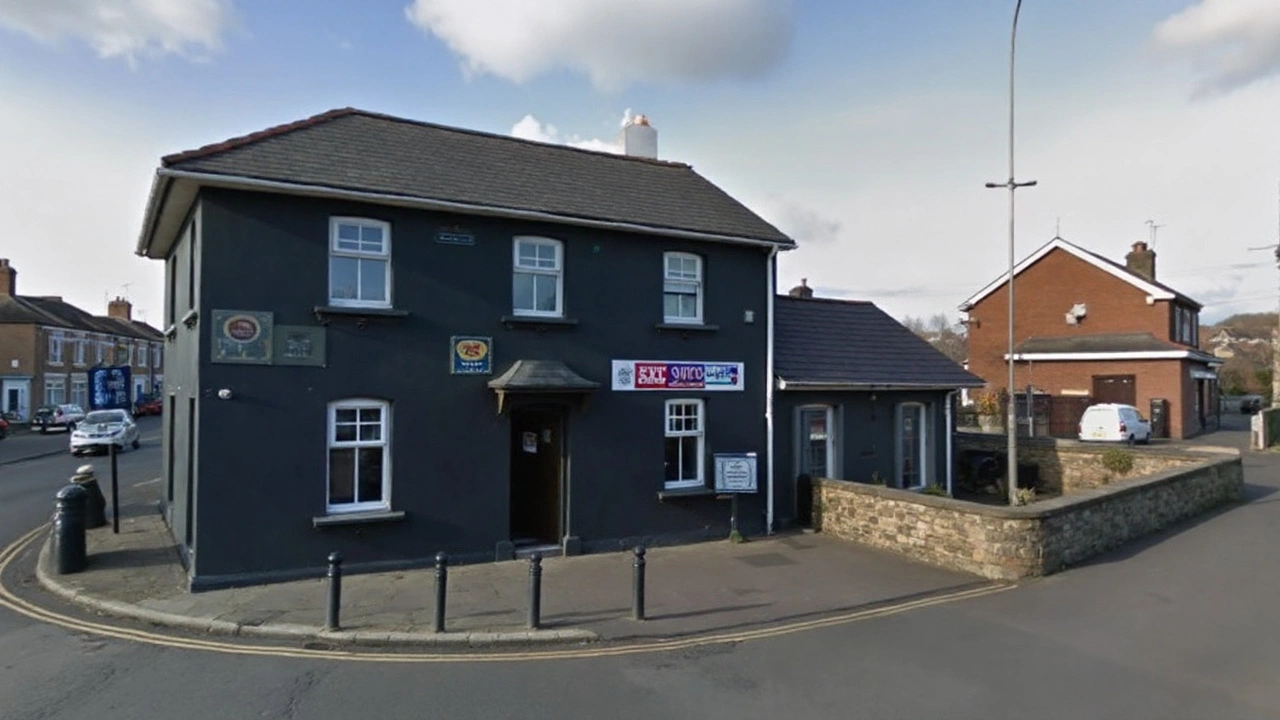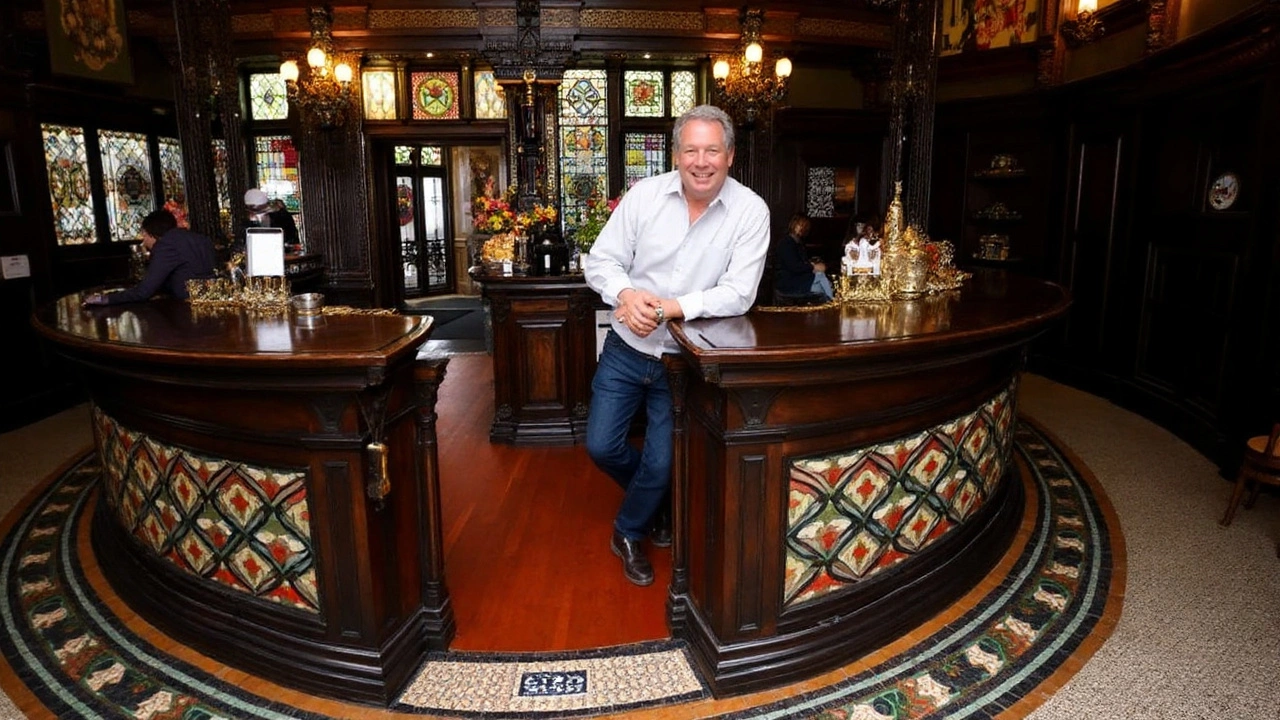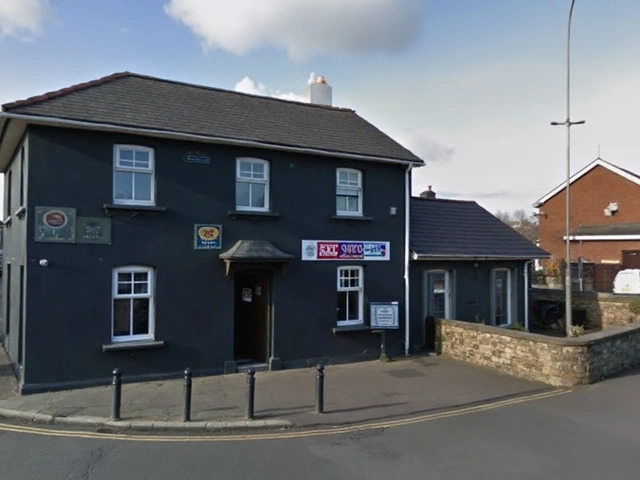
Demolition plan for a former pub puts housing need and heritage on a collision course
A familiar corner of Greenfield could look very different soon. A planning application proposes knocking down the Packet House Pub and building 12 affordable homes on the site. It’s the kind of small, local scheme that tends to split opinion: some see much‑needed homes and a safer, tidier plot; others see a historic meeting place disappearing for good.
The plan is straightforward on paper: clear the old pub, deliver a cluster of new-build homes, and bring a dormant site back into use. The documents point to a typical two-storey layout with parking and landscaping, the sort of design councils across Wales now expect for brownfield plots. The developer’s pitch is simple too—meet local housing demand without eating into open land.
Even with a small scheme, the planning hurdles are real. Highways officers will look at access and parking. Flood risk and drainage need sign-off. Ecology matters—especially bats around older buildings. There’s the usual checklist as well: construction traffic routes, dust and noise controls, and whether the build will hit modern energy standards. Expect solar panels, EV charging points, and efficient insulation to feature; councils increasingly nudge developers that way.
Then there’s the character of the place. Pubs aren’t just bricks and mortar. They hold memories—quiz nights, Sunday roasts, the odd wake. If the Packet House still has heritage features, or if it’s part of a historic streetscape, that could shape the decision. Sometimes councils ask for a detailed record of the building before demolition, or design tweaks so new homes echo local style with materials, rooflines, and boundary treatments that fit in.
Why the focus on affordability? Because it changes who gets to live here. In Wales, “affordable” usually means social rent, intermediate rent, or shared ownership, with eligibility assessed by the local council or a housing partner. These homes are typically locked in as affordable through a planning agreement (often a Section 106), so they don’t quietly convert to market sale down the line. For people priced out by rising rents and deposits, that safeguard matters.
The pressure for affordable homes is real in coastal communities like this. Jobs don’t always match housing costs, and private rents keep climbing. Delivering a dozen homes won’t solve the problem, but for families on waiting lists or older residents wanting to downsize near friends and services, it can make a tangible difference. Small schemes often fill those gaps quicker than grand masterplans.
Still, communities have a fair question: was saving the pub ever on the table? Councils sometimes ask developers to prove a pub is no longer viable—marketing it for a period, showing limited interest, or demonstrating that reopening wouldn’t stack up. If that process happened here, the planning file should show it. If it didn’t, expect that point to come up in objections.
Traffic is another flashpoint. A pub generates late-night comings and goings; a housing cul‑de‑sac brings school runs and repeat trips. Highways assessments will weigh both. If turning movements or sight lines are tight, design tweaks—wider access, extra visitor spaces, or a better footway—can decide whether the scheme is workable.
Demolition itself brings short-term pain. It’s noisy, dusty, and awkward on narrow streets. Contractors usually need a method statement showing how they’ll control dust, recycle rubble where possible, and protect neighbouring homes. Conditions often restrict working hours. These steps don’t make the hassle vanish, but they keep it tolerable.

What the council will weigh—and what happens next
Expect planners to balance three things: the need for affordable housing, the condition and community value of the pub, and the impact on neighbours. If they’re satisfied on highways, drainage, design, and ecology—and if the affordable homes are locked in by legal agreement—this type of brownfield proposal often gets a fair hearing.
- Public consultation: Residents can comment, support, or object. Councillors do read the themes, even if they can’t act on every request.
- Technical reports: Highways, drainage, and ecology sign-offs are decisive. Missing or weak reports slow everything down.
- Design revisions: Expect tweaks to site layout, bin stores, planting, boundary walls, and lighting after feedback.
- Committee decision: If the case is sensitive, it goes to a planning committee for a public vote.
- Legal agreement: Affordable housing terms are secured before any permission is activated.
For people nearby, the practical questions remain: Will the new homes overlook gardens? How high are the eaves? Where will delivery vans wait during building? Good schemes answer those clearly and adjust where they can—fence heights, window positions, tree planting, or limiting early-morning lorry arrivals.
For the town, it’s the bigger picture. If a derelict pub becomes safe, warm homes for local families, that’s a visible gain. If the last traces of a social hub are erased without a nod to its past, that stings. The planning process sits between those feelings, trying to get the best version of what’s possible on a tight site and a tight budget.




